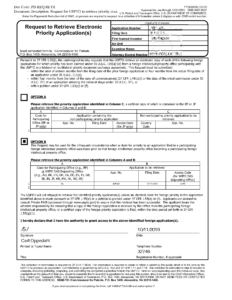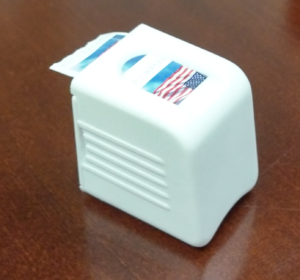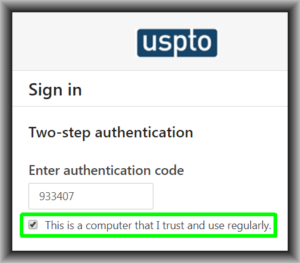
On Thursday, October 3, 2019 Israel deposited its Instrument of Accession to the Hague Agreement.
The Agreement will enter into force in Israel on Friday, January 3, 2020.
I blogged back on October 21, 2017 that Israel was going to join Hague Real Soon Now, and finally it has happened.
This brings to 73 the number of contracting parties to the Hague Agreement.
As of January 3, 2020, companies and designers from Israel can begin using the Hague System to protect their industrial designs. The applicant can pursue protection in many countries through a single international application and a single set of fees.
Likewise from January 3, 2020, those located outside of Israel will be able to seek design protection in Israel through the Hague System.
Israel joined the Patent Cooperation Treaty on June 1, 1996 and joined the Madrid Protocol on September 1, 2010. Israel has thus completed the trifecta of membership in all three international intellectual property filing platforms.
The two-letter code for Israel is “IL”.







